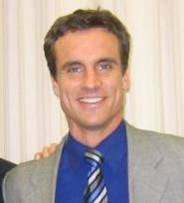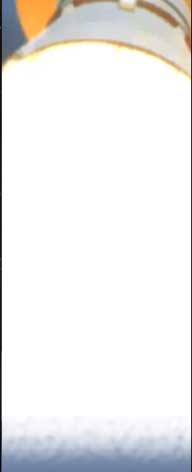|

This summer I got to live the dream life of anyone interested in NASA or space in general. I was a part of the NASA Academy program at Goddard Spaceflight Center in College Park, MD, right outside of Washington, D.C. The NASA Academy is a 10 week program that consists of working for a PI in a lab at Goddard as well as traveling to different NASA centers and other aerospace locations around the country to get an overall picture of the industry. I got to visit Mission Control in Houston, TX, Lockheed Martin Space Systems in Denver, CO, and Marshall Spaceflight Center in Huntsville, AL among many other locales. We got to take private tours and meet with a wide variety of engineers and scientists who imparted their knowledge to us and gave us insight into their careers.
While in the lab, I got to work on two projects in the mission systems engineering division. The first was a project investigating the usefulness of safe hold mode in Goddard satellites. This project will be the first ever investigation into the actual statistics of safe hold mode in Goddard satellites and can be put to use by systems engineers for all missions. In the second project I was responsible for showing traceability between the NASA Headquarters Requirements documents and the Goddard Requirements documents. The goal of this project is to create an easy-to-use database for all systems engineers at Goddard to use to keep track of every single requirement from a variety of documents. This would be crucial in the design of all future missions and improve the systems engineering process as a whole here at Goddard.
I researched the satellite anomaly database for all examples of safe hold mode and contacted mission managers to expand and verify my results. I then ran statistical analysis on the findings and wrote a report about the usefulness of safe hold. I learned how to use the systems engineering processing software called CORE and entered the entire NPR and GPR documents into a database and traced the two together along with other requirements documents. I plan on continuing this work while I am attending graduate school as a side project to make sure it gets completed.
Another aspect of the Academy is the group project where I and the other Academy members all worked on a large-scale project together throughout the summer. Our project was to design a robotic mission to Enceladus, a moon of Saturn recently discovered to have unique geophysical characteristics. My personal responsibility on the project was the propulsion system and the guidance, navigation and control systems. This project and general interaction with the other Academy members really helped me bond with them and we have formed a very close knit group. It has been a tremendous experience for all of us in terms of learning and also the bonds we have formed. I highly recommend to any undergraduates or first-year graduate students to apply for the NASA Academy for next year.
~Ben renkoski, University of Missouri-columbia
|







